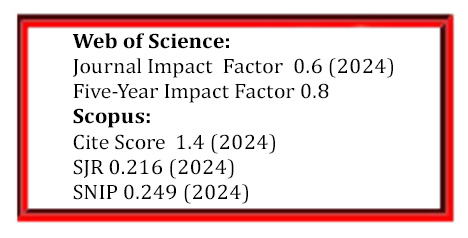Controlled Surface Texturing of Dental Implants via Q-Switched Nd:YAG Laser: Toward Enhanced Osseointegration
DOI:
https://doi.org/10.5755/j02.ms.40897Keywords:
Nd:YAG laser, step size, implant, surface processing, titaniumAbstract
This study aims to propose an ideal surface treatment method that overcomes the disadvantages of the existing implant surface treatment method and increases the surface area per unit area of the implant for enhanced adhesion between the implant and bone tissue. Generally used implants do not have a screw structure or surface treatment method according to the bone quality of the human body. It is essential to establish precise and systematic process parameters when performing the surface treatment of implants using lasers. Therefore, this study intends to use a Q-switching Nd:YAG laser with a wavelength of 1.06 um to develop a process for modifying the surface of an implant so that it can become a biocompatible structure. In order to examine the processing characteristics according to the change in the laser beam overlap of the pulsed laser, the change in scribing width according to the power, and the change in scribing width according to the duty increase. The results of this study suggest that implant surface treatment technology using lasers will be secured and used for actual implant surface treatment.
Downloads
Published
Issue
Section
License
The copyrights for articles in this journal are retained by the author(s), with first publication rights granted to the journal. By virtue of their appearance in this open-access journal, articles are free to use with proper attribution in educational and other non-commercial settings.



